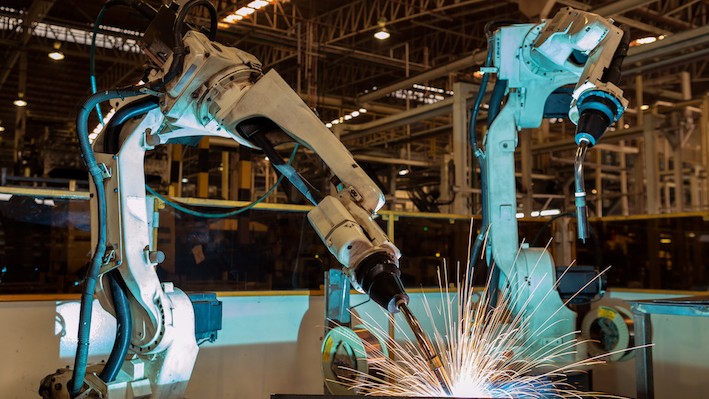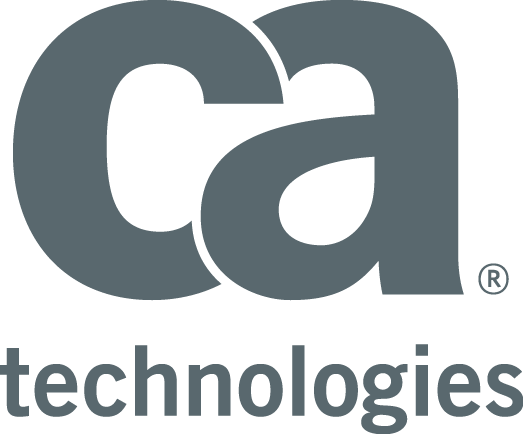2017: The Year of Automation?
How will the robotic revolution impact on employment? How do software-driven approaches change productivity in manufacturing and how is automation changing the production landscape in 2017? Marco Comastri from CA Technologies looks at the risks and the potential of Industry 4.0

© Thossaphol | iStockphoto
In my role as General Manager at CA Technologies EMEA, I’m fortunate enough to spend much of my time travelling. This puts me in contact with a lot of different people, both inside and outside the technology sector. But wherever I go, one word comes up again and again: automation.
The worlds of robotics, artificial intelligence (AI) and machine learning are barely out of the press, and neither therefore is the subject of automation.
We are now entering what the World Economic Forum (WEF) has described as the Fourth Industrial Revolution, or ‘Industry 4.0’. True to the industrial revolutions that have gone before, these changes are having a significant impact on the nature of work. This includes the growth of automation.
But what does it actually mean?
Some of those that I talk to say we’re entering a period of history that will be characterised by an impending robot revolution that is sure to spell the ‘end of work’. There are statistics that reinforce this argument, too. In December 2016, the Obama administration estimated that nearly 3.1 million workers could have their jobs automated by self-driving cars.
Others, however, take a more optimistic view. The McKinsey Global Institute argues that less than 5 percent of occupations are likely to become fully automated. Instead, many will be partially automated.
I include myself in that optimistic group. In today’s world of work, many of the most in-demand roles did not exist a decade ago. That pace of change is set to continue, too. One estimate cited by the WEF says 65 percent of children entering primary school today will work in jobs that do not exist yet.

© LeoWolfert | iStockphoto
Automation also has the potential to boost global productivity on an unprecedented scale. For example, the steam engine increased productivity by 0.3% between 1850 and 1910. By 2065 however, productivity growth resulting from automation is estimated to be between 0.8% and 1.4%.
So, while there are legitimate concerns about the risks associated with Industry 4.0, it remains true that business leaders should place automation at the heart of their digital transformation strategies.
At CA, we say that each business should become a ‘Modern Software Factory.’ In contrast to the asset-oriented approach of classic industry, in which assets only scale through mass production, a software-driven approach, which is powered by cloud services, offers universal scalability at ease.
End-to-end automation is a key part of the transformation into a Modern Software Factory. With IT becoming increasingly complex, automation can reliably speed up processes and improve precision. It is the key to managing diverse and complex environments to drive business outcomes and free up employees’ time to focus on strategic work.
In January of this year CA acquired Automic, the largest pure-play automation vendor on the market, to develop and deliver a flexible, integrated enterprise scale automation platform.
Built on a unified, open and scalable platform, Automic offers IT staff the flexibility to use whichever tools they desire. It has helped developers of some of the most complex business applications – from Bosch to Netflix, eBay to Vodafone – roll out new releases of software. CA and Automic are combining our areas of expertise to build the next generation intelligent automation platform.
These new developments are exciting. And they’re likely to mean that 2017 won’t be the only year of automation. There will be many more to come.
Nonetheless, I’m expecting to have many more conversations with colleagues and friends about this issue in the future. The debate won’t go away, and nor should it. But the opportunity now lies with business leaders to seize the potential of automation, create the jobs of the future and pave the way for a new digital age.
Marco Comastri joined CA Technologies in 2011 as President & General Manager, Europe Middle East and Africa. In this role, he is focused on helping customers to not only realize the business opportunities presented in the application economy but also deliver superior user experiences that engage customers and deliver on their brand promise. Prior to joining CA Technologies, Marco held several management positions at Postecom and Microsoft.
Please note: The opinions expressed in Industry Insights published by dotmagazine are the author’s own and do not reflect the view of the publisher, eco – Association of the Internet Industry.



